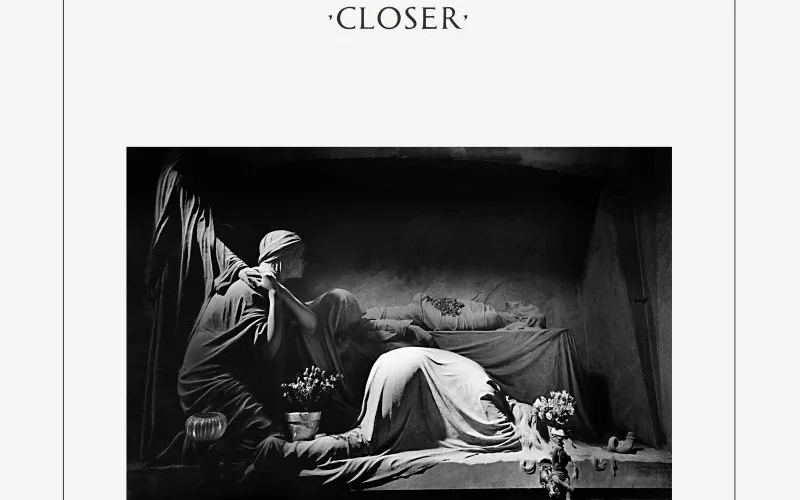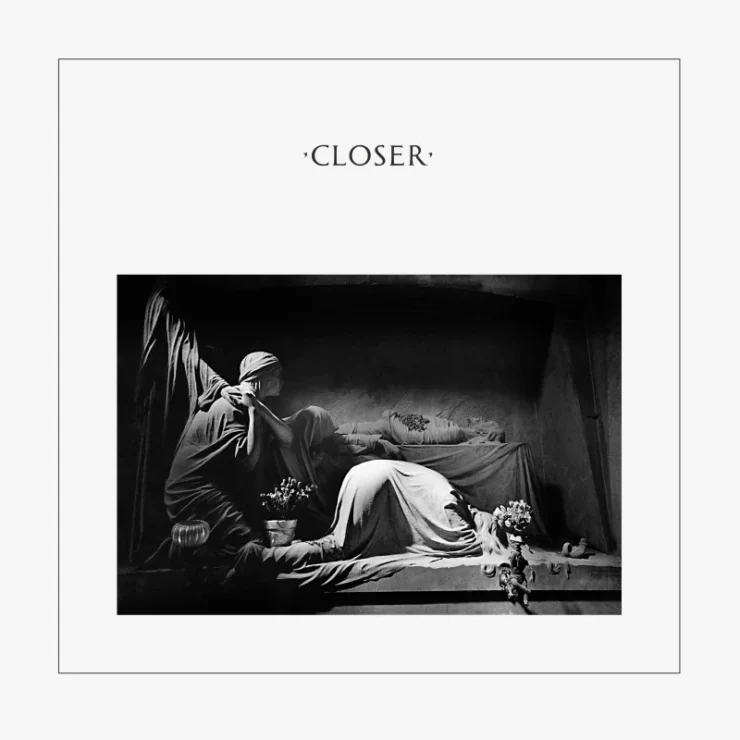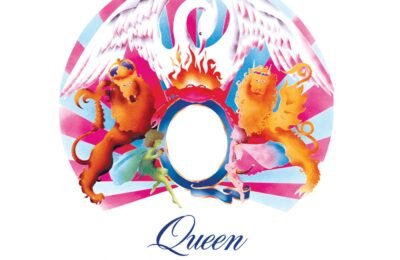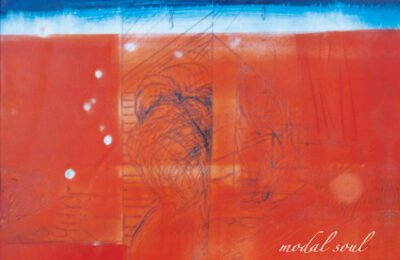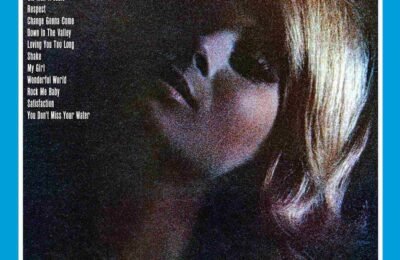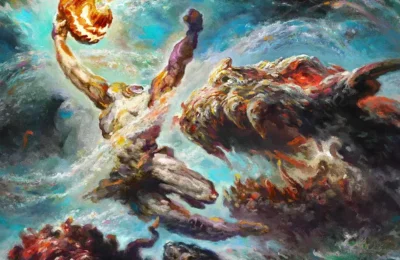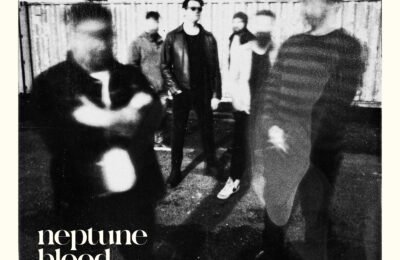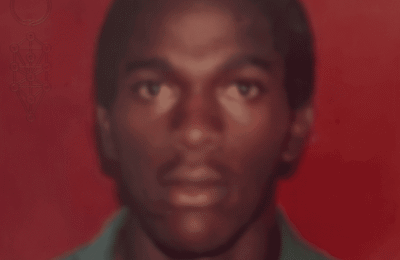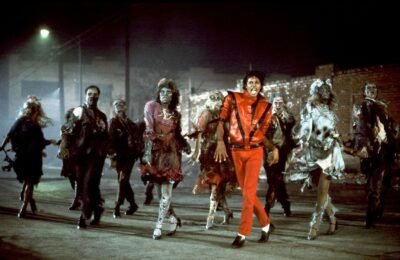This month marks the 45th anniversary of Joy Division’s second and final album, Closer. Released two months after the untimely passing of frontman Ian Curtis, the gloomy, dark sound unique to them is as powerful today.
Joy Division
One of Greater Manchester’s finest exports to the world, Joy Division were formed in 1976. Inspired by the UK punk scene at the time, guitarist Bernard Sumner and Peter Hook became founding members of the group. The guitarist and bassist quickly recruited Ian Curtis on vocals, and later enlisted Stephen Morris on drums.
The band’s breakthrough came with their debut album, Unknown Pleasures, in 1979. The album instantly became a hit, propelling the band into the mainstream. Aside from the iconic album cover, its raw and unique sound have cemented it as an all-time classic.
Although quite successful, the problems Ian Curtis suffered as a result became clear. Suffering from epilepsy, Curtis often had seizures on stage during performances. This, in turn, severely impacted his mental health. His collapsing marriage also did not help, adding to his mental strain. Tragically, on the 18th of May 1980, Curtis took his own life.
Unable to continue performing as Joy Division due to a pact made by the band that they would disband if any member left, the group reformed as New Order. Although successful, the band were unable to lose the comparisons to Joy Division. The members of Joy Division posthumously released much of the work they had recorded with Curtis before his death. Love Will Tear Us Apart, a song written by Curtis about his failing marriage, became possibly their largest success. Their second album, Closer, was released shortly after, where the true depths of Curtis’ dark thoughts were on full display.
A Closer Look
Following one of the greatest albums ever created is never an easy task. For Joy Division, Closer was never a follow-up. It was an extension. Many of the songs written for the album had already been in the pipeline while Unknown Pleasures was being made. Despite this, the album has a very different sound in parts to its predecessor. Many songs have the familiar Joy Division sound; bass guitar playing melodies, distortion on guitars and cymbal-heavy drums following the melody. The other half of the album includes synth-based melodies, which became a defining feature of New Order.
The main themes of the lyrics are anything but joyful. Although many may interpret Curtis’ lyrics as a cry for help, they appear to show the inner workings of his dark mind. Although he does address many struggles relating to his loss of control, much of his inspiration stems from literature. A fan of J.G. Ballard, William S. Burroughs and T.S. Eliot, Curtis had depth and he showcased this brilliantly in his lyric writing.
Atrocity Exhibition
The album opens in true Joy Division style. A song already created during jam sessions following the release of Unknown Pleasures, the song was formed around a drum riff. The song opens up with these drums, and it’s almost prog-rock sounding at first. The bass plays the melody as usual, with the guitar spreading over the top. According to Stephen Morris, Bernard Sumner and Peter Hook swapped instruments for the recording of the song. There are a lot of abrasive noises throughout, which has been credited to the producer, Martin Hannett. Peter Hook described it as “like somebody strangling a cat, and to my mind, absolutely killed the song.”. He later redacted the comments, instead crediting Hannett for helping them create their unique sound.
There is an impending sense of doom throughout the song. There’s a feeling of darkness as soon as it begins, and it provides a brilliant insight of what’s to come. The title is named after a collection of short stories by J.G. Ballard of the same name, and the lyrics reflect these stories. The imagery Curtis paints are starkly similar to his own battles. “But the sickness is drowned by cries for more” refers to gladiatorial-style contests, but can be applied to himself. When Curtis experienced epileptic seizures on stage, the audience believed this to be part of the performance. The dark, twisted reality of the two scenarios are hard to avoid, and for Curtis this may have been the case.
Isolation
The first song on the album produced with synthesizers, “Isolation” would fool any listener into dancing. Although these synths became the foundation of New Order’s music, it was applied brilliantly here. The bass guitar is fast-paced, and the hi-hats are washing the sound. Due to Curtis’ untimely passing before the release of the album, the lyrics are debatable. They can be interpreted as his detachment from the world, isolated in his own head and using music as a way to escape. Being “ashamed of the person I am”, the darkness in Curtis’ mind is on full show.
However, much of the lyricism does point to his failing marriage and supposed affair. “But if you could just see the beauty / These things I could never describe” seem to be directed at his wife, Deborah Woodruff. On the contrary, the lines that follow appear to describe his affair with Annik Honoré. “These pleasures a wayward distraction / This is my one lucky prize” show Curtis being comforted by the love he feels from another woman. Whether any of this is true or not, the song remains as the turning point of Joy Division’s evolutionary sound throughout the album.
Twenty Four Hours
Opening with bass tone that is so incredibly unique to Joy Division, the song sounds like it belongs on Unknown Pleasures. The contrasts in this song are stark opposites in every element. The instrumentals are fast-paced in parts, with Stephen Morris showcasing his talents brilliantly. Peter Hook on bass is also a huge highlight here; the sound cuts through all the coarseness in the background. Between each verse, the tempo changes which gives the sense of uneasiness throughout. The low range of Curtis’ vocals are once again contrasting the guitars playing at a higher scale. As the listener, you can’t help but feel his sadness throughout.
Much like the instrumental changes in the song, the lyrics point to themes of uneasiness and anxiety. “So this is permanence, love’s shattered pride / What once was innocence, turned on its side” can be interpreted as Curtis addressing marital issues. While “Now that I’ve realised how it’s all gone wrong / Gotta find some therapy, this treatment takes too long” points to his thinking of the future and getting better. The contrast in the opening and closing lyrics are evident, between hopelessness and optimism. The saddest part is the inclusion of a nod to Iggy Pop’s “The Passenger“; “Let’s take a ride out, see what we can find”. This is due to the fact that Curtis had listened to The Idiot the night before he died.
No Division
Due to the incredible success of Unknown Pleasures, this album often does not get the recognition it deserves. Pulsating with gloomy sounds and lyrics that carry unbelievable depth, Closer is a chilling homage to the ingenuity of Ian Curtis and Joy Division. Retaining their original sound while introducing elements that became synonymous with the group’s successor, Closer is an all-time classic in every respect.
